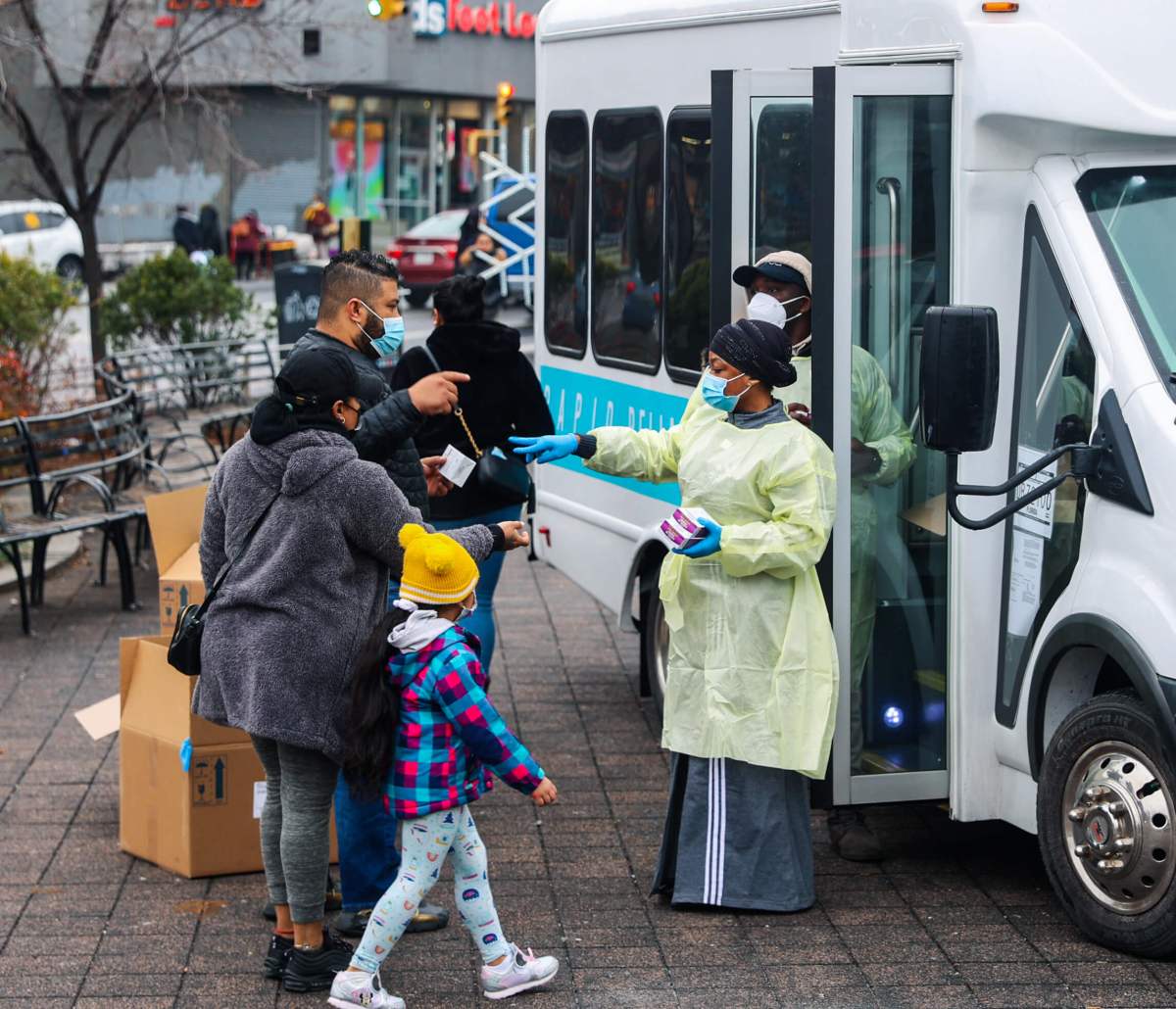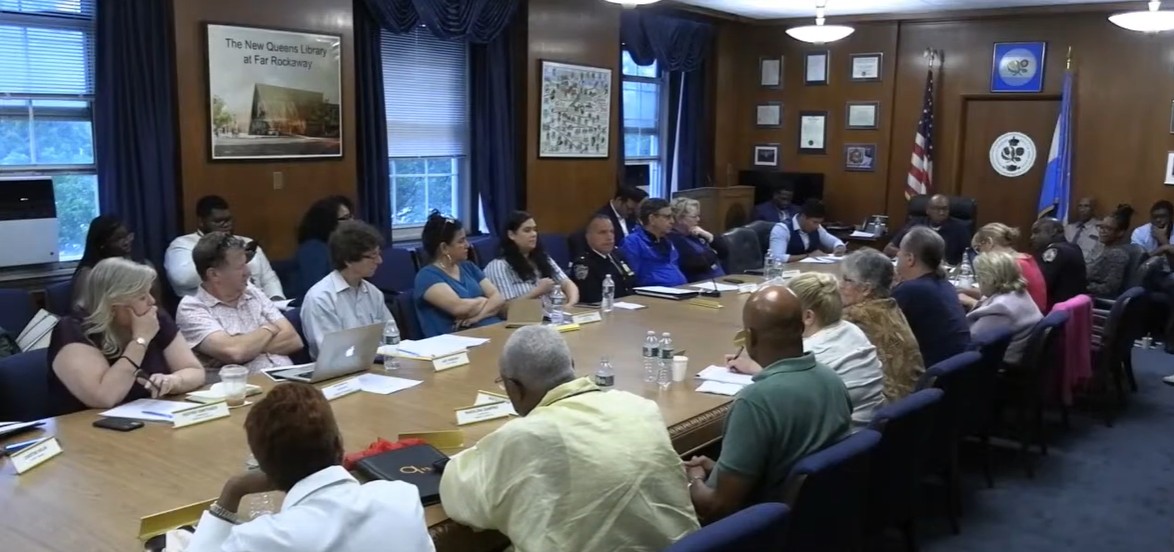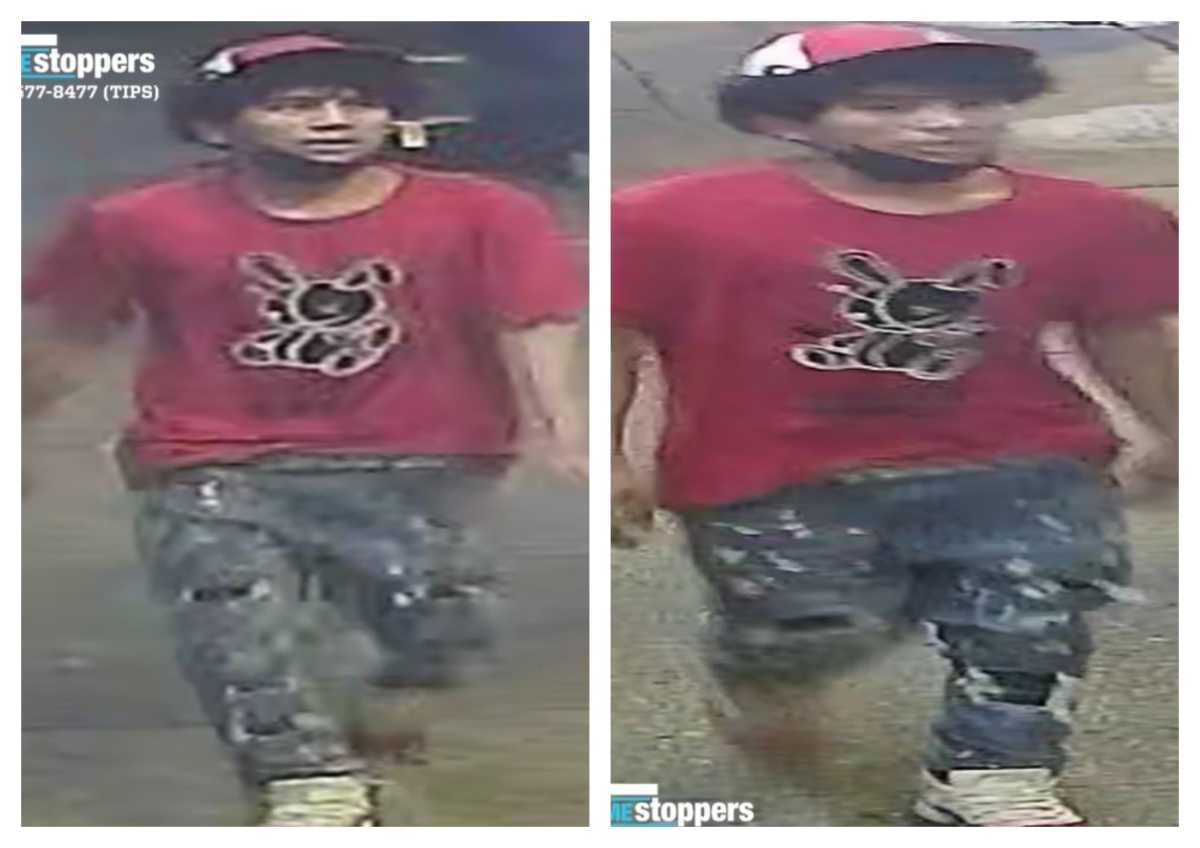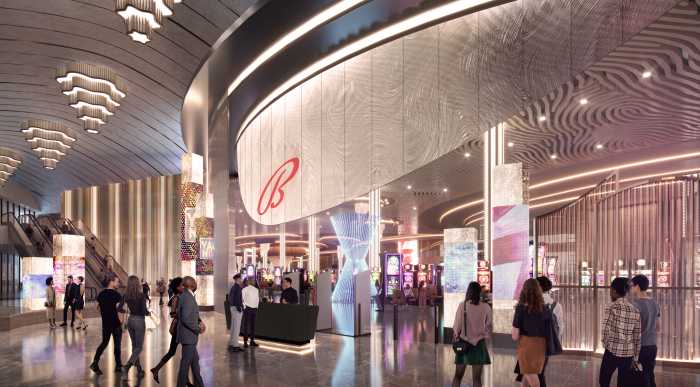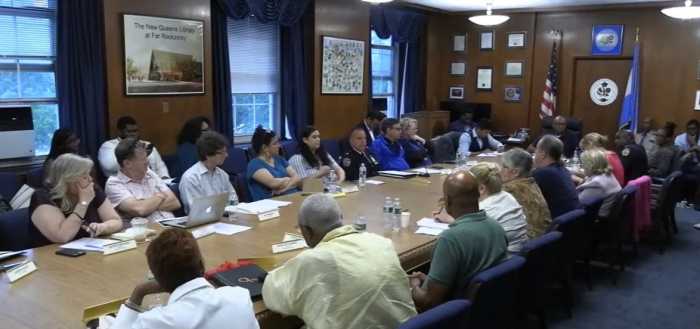New Yorkers living in homeless shelters have a higher mortality rate from COVID-19 than the general public due to a lack of private space to quarantine, according to a report.
Coalition for the Homeless released the report Tuesday that claims statewide, those without a roof of their own over their heads suffered disproportionately over the course of the three month state of emergency due to congested, bunkhouse conditions in shelters that went unaddressed by the city and state government.
When stacked against other causes of death for homeless folks, COVID-19 was the case 157% more than any other illness in the month of March.
Shelly Nortz, Deputy Executive Director for Policy at Coalition for the Homeless, said it was more to do with government being slow to take action action across the board.
“Countless missteps have placed an already at-risk community, who lack the security, safety and privacy of a home, in even greater danger – physically, mentally and economically. Government responses to the pandemic at every level have been far too slow and have led to unnecessary chaos for those sleeping in shelters, on the streets, and on the subway,” Nortz said. “If New York wants to emerge from COVID-19 and move toward recovery, the City and State must take immediate measures to address the disparate toll the coronavirus has taken on New Yorkers who are homeless.”
The city Department of Homeless Services did not respond to multiple requests for comment from amNewYork Metro, but complaints about conditions in homeless shelters around the city did no go unmentioned.
In April, a resident of At Susan’s Place, a woman’s shelter in the Bronx, came forward about the conditions she had been living with; 8 rooms with 22 beds each average and no sanitary supplies or masks being provided to residents. Not only this, but at the time, the source who spoke with amNewYork Metro said there were 11 COVID-19 cases in the facility.
DHS refused to turn over their figures for cases they were tracking in this shelter, but denied these claims as false.
In March, an anonymous source at a Long Island City homeless shelter told QNS.com that those living in the Fairfield Inn were not allowed to take their meals to their rooms, but had to eat in the crowded conditions of the cafeteria.
The conditions in shelters were known to give homeless New Yorkers pause when given the option to accept services long before the pandemic, however.
During an examination of NYPD’s homeless diversion program in February, Councilman Donovan Richards put it plainly in a General Welfare and Public Safety committee hearing: “People who choose the street over the shelter know what the shelter has to offer, and they choose the street.”






